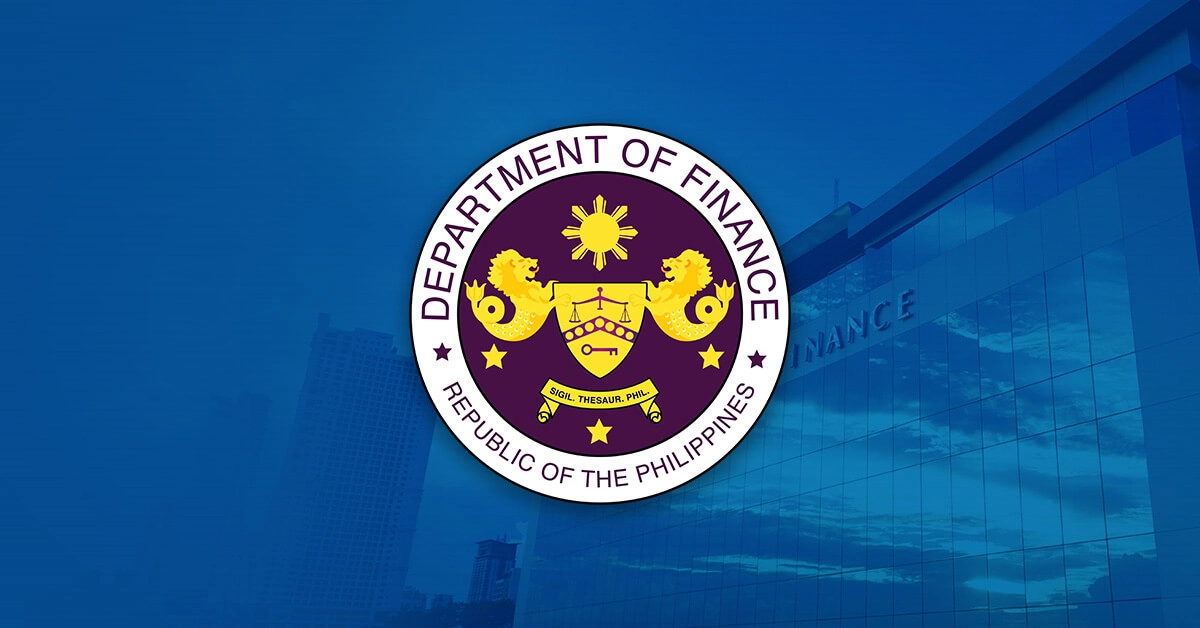Finance Secretary Ralph G. Recto has welcomed the Philippines’ 5.5% gross domestic product (GDP) growth in the second quarter of 2025—among Asia’s fastest—fueled by strong domestic demand that cushioned the nation from mounting global uncertainties.
The Philippines’ Q2 GDP outperformed several of its regional peers, including China (5.2%), Indonesia (5.1%), Malaysia (4.5%), and Singapore (4.3%).
“The back-to-back good news—low inflation rate, vibrant labor market, and strong GDP growth—are very encouraging. Pero gaya ng sabi ng ating Pangulo sa kanyang SONA, ang tunay na sukatan ng progreso ay kung ramdam ito ng ating mga kababayan. Kaya’t tuloy-tuloy po kami sa aming trabaho hangga’t ang ginhawa ay hindi lang nakikita sa datos, kundi nasa hapag, nasa bulsa, at nasa kinabukasan ng bawat pamilyang Pilipino,” the Finance Chief said.
The Q2 GDP expansion was primarily fueled by strong household consumption, which also rose by 5.5% due to higher spending on transport, education, and restaurant and hotel services. This points to improved consumer confidence and increased capacity to spend not just on necessities, but also on lifestyle and leisure.
The robust domestic demand was supported by the sustained deceleration of the inflation rate, which fell to 1.8% from January to June 2025, below the government’s target of 2-4% for the year.
At the same time, this affirms the country’s vibrant labor market, with a record-high 52.4 million Filipinos in the labor force as of June 2025. This reflects abundant labor supply and rising job quality as underemployment and unemployment continue to decline.
Meanwhile, government spending also surged by 8.7%, underscoring its commitment to invest in people through productive expenditures in education, healthcare, public services, and social protection.
Fixed capital formation also posted solid growth of 2.6%, driven by an 11.2% jump in private construction and a 10.6% rise in investments in durable equipment. These are clear signs of rising business confidence and sustained private sector expansion.
Amid global headwinds, exports defied expectations by growing 4.4%, outpacing import growth of 2.9%. This was fueled by a strong 13.6% rise in merchandise exports, led by the continued global demand for Philippine semiconductors.
On the production side, the agriculture sector rebounded strongly in Q2, growing by 7.0% on the back of higher output in sugarcane, corn, and palay.
The services sector also grew by 6.9% and is expected to sustain growth for the rest of 2025. Key drivers included professional and business services, real estate, wholesale and retail trade, and accommodation and food services.
Gov’t interventions to boost economic growth
To make economic growth truly meaningful for every Filipino, the government is accelerating programs that deliver quality public services, especially in education, healthcare, food security, and digital and physical connectivity.
President Marcos, Jr. committed to ensuring that the soon-to-be-enacted national budget aligns with the government’s priorities. The President has taken a firm stance on fiscal responsibility, budget transparency, and a zero-tolerance policy on corruption.
Meanwhile, the government is fast-tracking the implementation of the Public-Private Partnerships (PPP) to encourage more private sector investments in public infrastructure projects and generate more jobs.
In 2025, three airports are in the pipeline for privatization, which are anticipated to enhance connectivity, stimulate tourism, and generate broader economic growth.
To boost the inflow of tourists, the Department of Tourism (DOT) has also introduced visa-free entry for travelers from India and Taiwan, with direct flights between Delhi and Manila set to begin in October this year.
Along with the implementation of the value-added tax (VAT) refund for foreign tourists, this is expected to open new business opportunities, drive job creation, and generate higher revenues for the government.
Furthermore, the enactment of the Corporate Recovery and Tax Incentives for Enterprises to Maximize Opportunities for Reinvigorating the Economy (CREATE MORE) Act is expected to support growth in manufacturing.
Since its effectivity late last year, a total of 182 projects with investment commitments amounting to PHP 90.13 billion have already been approved, which provide 41,719 new jobs to Filipinos.
Moreover, the recently enacted Capital Markets Efficiency Promotion Act (CMEPA) will promote greater financial inclusion, improve market liquidity, boost trading activity, and facilitate capital formation, which will support long-term economic growth.




